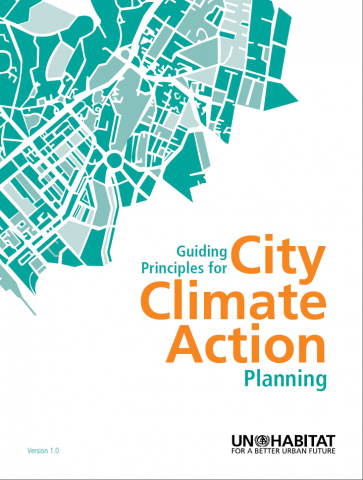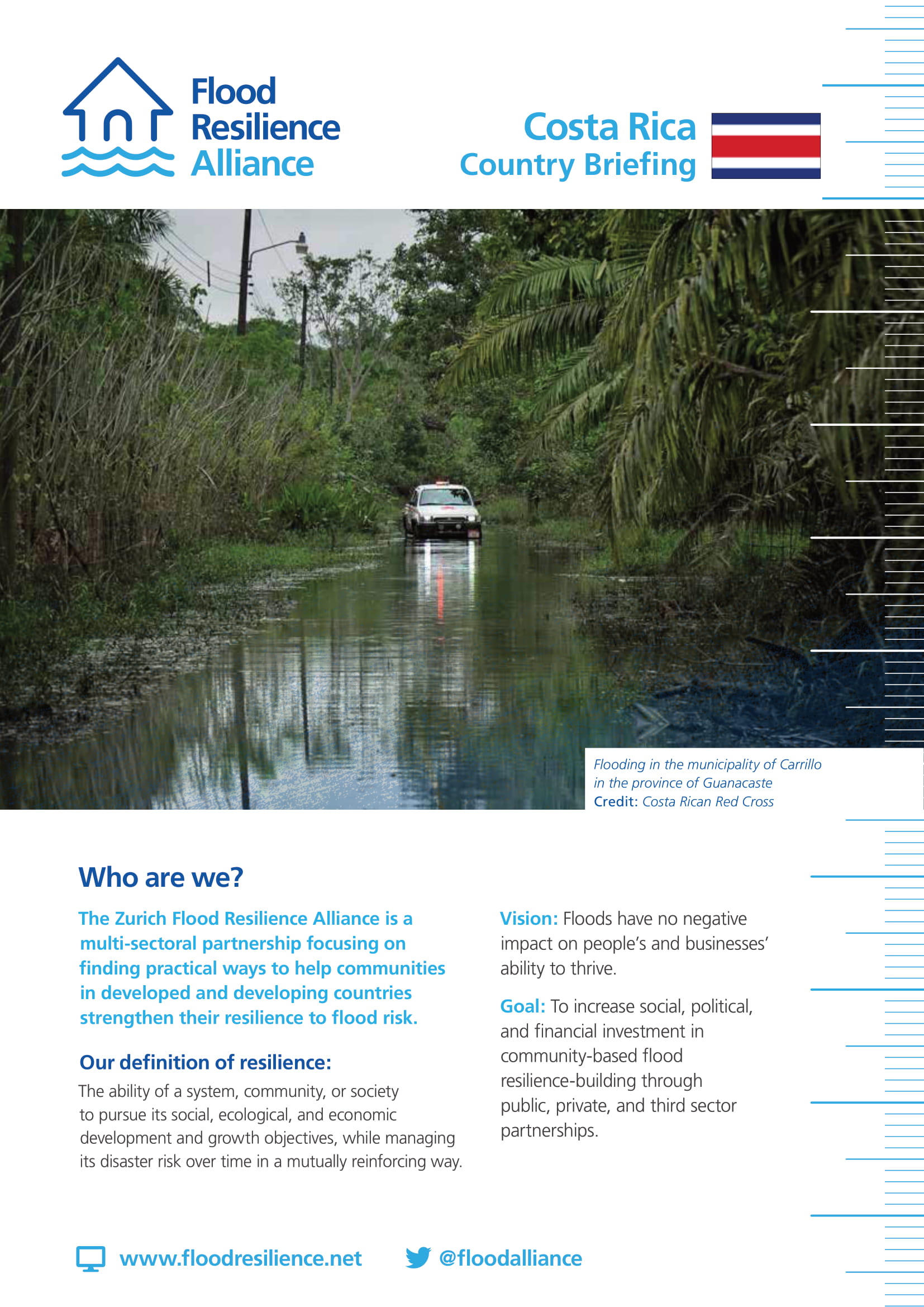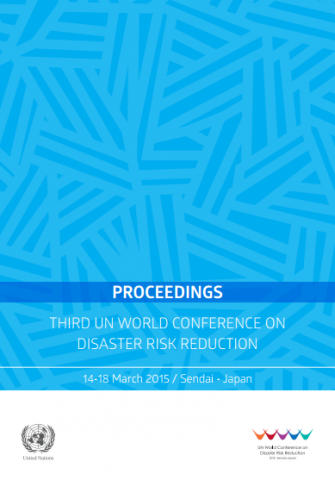Iraq: Country Case Study Report │ How Law and Regulation Supports DRR
Iraq is exposed to multiple forms of natural and human induced hazards. The country is increasingly susceptible to natural hazards including drought, floods, epidemics, sandstorms, desertification, marshland ecosystem degradation, soil salination of fertile lands and earthquakes. This susceptibility to natural hazards is coupled with the impact of war, which has exposed the population to multiple human induced hazards including depleted uranium, sulphur dioxide released from sulphur stockpiles, military scrap yards, unexploded ordnance and land mines, fire, surface water contamination from damaged oil pipelines, and land contamination and hazardous waste from industry and military sources. Acute poverty, displacement and the continuing effects of conflict have exacerbated the vulnerability of the Iraqi people to these hazards. War and post-war conflicts have crippled many essential services needed to reduce risks, manage hazards and respond to disasters.



